By Sarah Bowden, Marketing and Social Media Manager
Marshall McLuhan, a famous pioneer of media theory, once called media the “extensions of man”. Now, at the time he wrote this there were no iPhones or tablets or smart boards, but regardless McLuhan was on to something. He meant that media extends the senses given to man so they can communicate with one another in ways and speeds that are, to put it bluntly, inhuman. As we have progressed from the emergence of writing to television, the internet, and now into “smart” technology, we find ourselves addicted to the media we use; each medium seems like a life line and at times we seem lost without them.
So what happens when the mediums we have adopted into our daily lives collide with education. Do they repel or slowly integrate? Today, we are seeing more and more integration of media in the classroom as organization and learning applications emerge to help students and teachers interpret the world around them in more ways than ever. While this media integration is a newer process and we still don’t know how the long term use will effect users, it’s important to embrace the change as an “and” rather than an “instead” to the traditional educational style, which many associate with solely lectures, readings, and writings.
One of the biggest promoters of using technology in classrooms are colleges and universities where most students have access to a computer or laptop and are encouraged to use various applications to increase their learning experience. At the University of Virginia, I have been exposed to various applications that have both organized and altered the way that I view learning- all for the better. The first application I began using was Dropbox. Dropbox is an online application that acts as a cloud of information, allowing you to upload and store files, pictures, etc. all in one account. Many of my professors began using Dropbox widgets on their class websites for us to turn in assignments and papers, which not only organized our submissions, time stamps and all, but also allowed for the professor to grade each assignment online and return them to us without any physical transfer of papers.
Another application I began using was Evernote. Writing notes is an essential part of learning anything and while sometimes graphs and charts need to be handwritten, I learned that many lectures I sat through would better be noted and absorbed later if I typed them out. I began using Microsoft Word to write my notes and quickly learned what a rookie mistake I had made when I came back from class one day and noticed my Microsoft had crashed and all my files were corrupted. This is the time where you ask where I backed it up. As you can suspect, I didn’t, so once I lamented my hardship to a professor, they recommended Evernote. Evernote not only backs up everything to your account online when connected to the internet, but also has many features such as text recognition, file attachment, presentation modes, and screen captures that all increase the way you can learn and understand the content in front of you.
As quizzes and tests began to pile up, I realized just reading my notes over and over again was not going to be enough to get me that stellar grade. Being a college student, I also didn’t want to waste paper and write flashcards, only to wonder if I had lost one in the process of transferring them from classroom to dorm to gym. Quizlet became my new best friend. Not only was it a way for me to quickly make and review flashcards, but it also gave me the ability to search for sets that people had already made for my class. I was able to share my flashcards with other students and create study groups that really encouraged students to be both interactive and collaborative in the learning process.
While Dropbox, Evernote, and Quizlet all help my life as a student outside of the classroom, Yopine is an app that can be used by both teachers and students in the classroom. With Yopine, audience response is made incredibly simple. The professor or leader can stage questions via the *edu web dashboard or create questions, polls and brainstorms on the fly where the audience can instantly respond and give feedback. Picture a professor quizzing studentes on topics in the time running up to a quiz and having the ability to see, in realtime, the questions that received low amounts of accurate responses would signify that they relate to a concept that needs further explaining. I wish I had something like this when I was too scared to raise my hand saying I didn’t understand a lesson because this way it allows users to be honest and anonymous with their responses.
Technology in the classroom is something to which we should look forward . No, I don’t think only textbooks online and online classes can replace the future of education. Remember, we are extending the senses of man, not replacing them.
